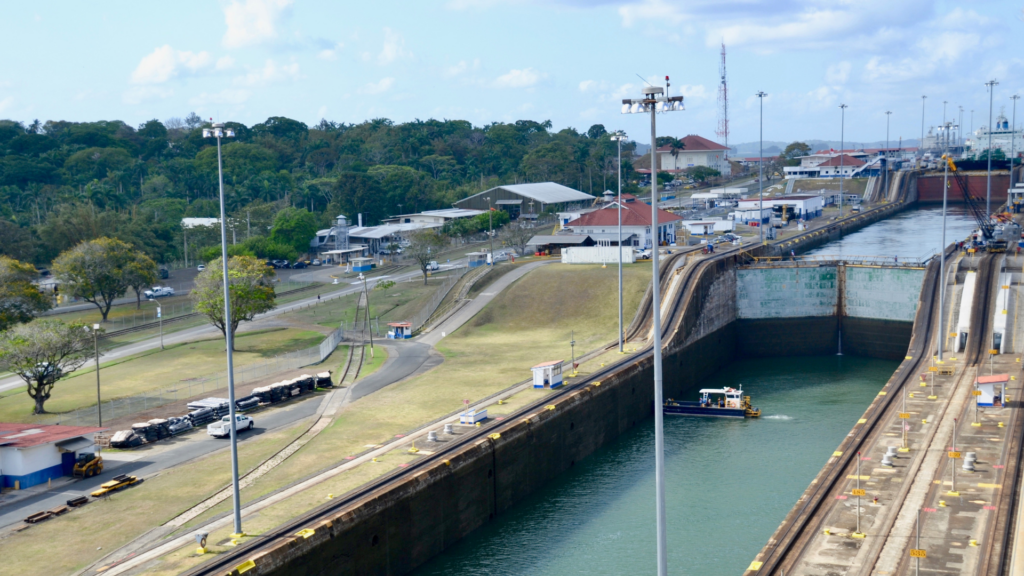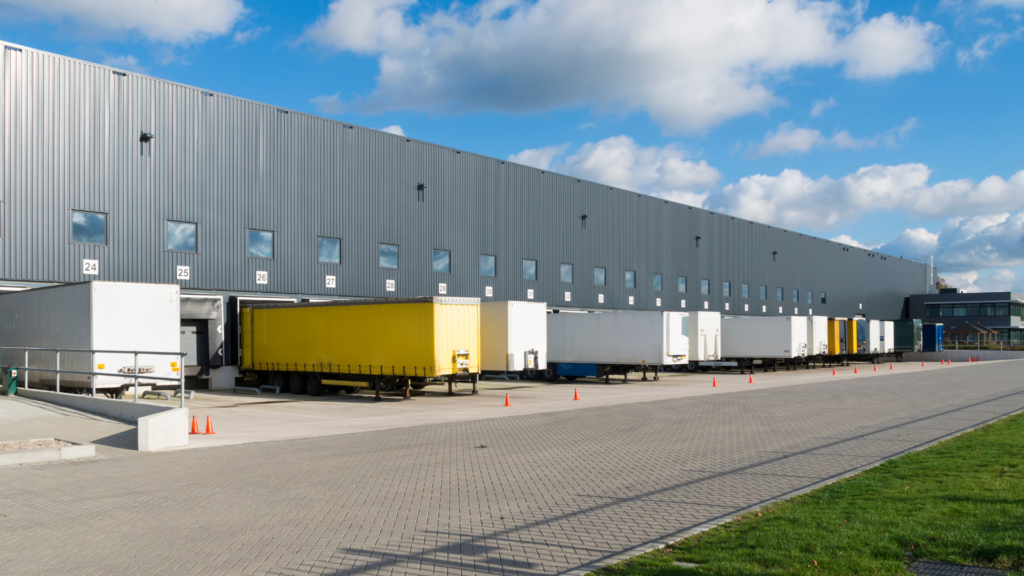Iranian Oil Heist, A Creative Solution In The Panama Canal, and Warehouse Development Lull.
Your weekly All-Ways round-up of Supply Chain news.
Iran Takes On A More Active Role In Red Sea Crisis
Amidst months of attacks on container vessels in the Red Sea, Iran has captured an oil tanker “in retaliation for the theft of oil by the US,” according to Iranian news agency Mehr.
The St Nikolas, previously called the Suez Rajan, was involved in American sanctions that led to the removal of 1 million barrels of oil from Iran.
With roughly 1 million barrels of oil on board, the ship was headed for the Iraqi port of Basrah for Tupras, a Turkish oil company, when it was boarded by a small group of people in what appeared to be military uniforms and black masks.
Empire Navigation, the owner of the vessel, said that it had contacted the authorities after losing contact with the ship.
As the crisis in the Red Sea continues to develop, the container shipping industry and those that depend on it are faced with challenges.
➡️ Strained Shipments: As more and more shippers divert around the Cape of Good Hope to avoid the Red Sea, fuel costs, environmental impact, and shipping times have increased.
➡️ Insurance Issues: Insurance premiums have skyrocketed due to war risk, causing even more shippers to change routes.
➡️ Retail Resilience: As supply chain disruptions become the norm, retailers should aim to keep more inventory on hand ahead of major holidays like the Chinese New Year in order to avoid shortages.
Bypassing the Panama Canal
Low water levels in Gatun Lake, the body of water that provides the water that enables the Panama Canal’s locks to function, have led to restrictions in both the amount of ships allowed to pass through the canal as well as the weight of ships passing through it.
Only 24 ships are allowed to pass through the canal daily, as opposed to the usual 35-40 pre-drought.
Neo-Panamax ships are limited to a maximum depth of 44 feet, down from 50, and smaller Panamax vessels are restricted to 39.5 ft, down from 45 ft.
Maersk has opted to skip the Panama Canal, as well as Cartagena, Colombia, in its OC1 service, opting instead for a 50-mile rail service that crosses the Isthmus of Panama.
The carrier will split the service that connects the Atlantic and Pacific into two loops, dropping cargo at Balboa, utilizing rail service to Manzanillo, and then retrieving the cargo to resume waterborne service in the Atlantic.
Northbound service is not expected to see any delays, though the same can not be said for southbound service. Maersk has yet to confirm whether the 26-day transit time will be affected by the use of rail service versus the canal.
This adapted route only applies to Maersk’s OC1 service, as other services from Asia to the US East Coast will still make use of the Panama Canal.
Slowing Development
Slower consumer spending is causing warehouse vacancies and subleases in New Jersey to rise in 2023, signaling a return to normalcy.
Overall online retail sales have majorly slowed down post-pandemic so not as much storage space is needed causing the development of new warehouses in north and central New Jersey to taper. Lower demand in combination with high interest rates will likely cause a 6 month softening in new warehouse development. This will allow for supply to catch up with the growing demand for newer warehousing space, especially those equipped with cross-docks to handle trucks.
“We are coming off a period of overbuilding,” Anne Strauss-Wieder, director of freight planning for the North Jersey Transportation Planning Authority said. “You have these cycles where we didn’t have enough buffer in the system, then there’s huge demand, and now retailers are trying to get rid of inventory. We’ve hit the end of the super cycle for goods.”




